
Following the CMA’s recent release of public submissions to their funeral market investigation, we had a good read through the submissions and have a few critiques to share concerning the submissions from the NAFD (an industry trade association) and Dignity PLC (operator of 800 funeral home branches, crematoria and the largest non-founder owner of FuneralZone). We’re happy to publish any replies here.
NAFD response
Factual clarifications
NAFD 14 – “The NAFD is concerned about the information given out by hospital bereavement offices. Individual member firms have reported that staff in certain hospitals operate an unofficial ‘preferred supplier’ arrangement with particular funeral firms and others are using the marketing literature of commercial comparison websites (e.g. Beyond and Your Funeral Choice) – which only includes the details of those funeral homes that have paid to be listed on these websites.”
This is incorrect on several fronts, but firstly we would like to call out the hypocritical nature of this ‘concern’.
It appears the NAFD’s issue is that commercial operations are presenting material to bereaved people within NHS bereavement offices.
Many hospitals have, for many years, engaged commercial partners to produce literature to help the bereaved. This literature is typically provided free of charge under the agreement that the company producing the literature can include advertisements – typically from funeral directors, solicitors, property valuation specialists and similar businesses.
An example of such a booklet is shown here – https://www.torbayandsouthdevon.nhs.uk/uploads/25428.pdf
Many NAFD members, including the large chains, advertise in these booklets.
The largest provider of these booklets is a company called R N S Publications. R N S are a supplier member of the NAFD, as shown on the NAFD’s website below.
We have previously spoken to R N S about placing adverts for our services in their publications. However, they would not let us advertise in it. The reason given was that “This would upset the funeral directors who currently advertise with us”.
So, the NAFD are complaining that price comparison websites (which promote transparency of pricing for consumers) are producing literature for the bereaved in hospitals, when the NAFD’s supplier members and funeral director members have been doing the exact same thing for years, and have furthermore deliberately restricted the ability of price comparison websites to as they do – creating a closed shop.
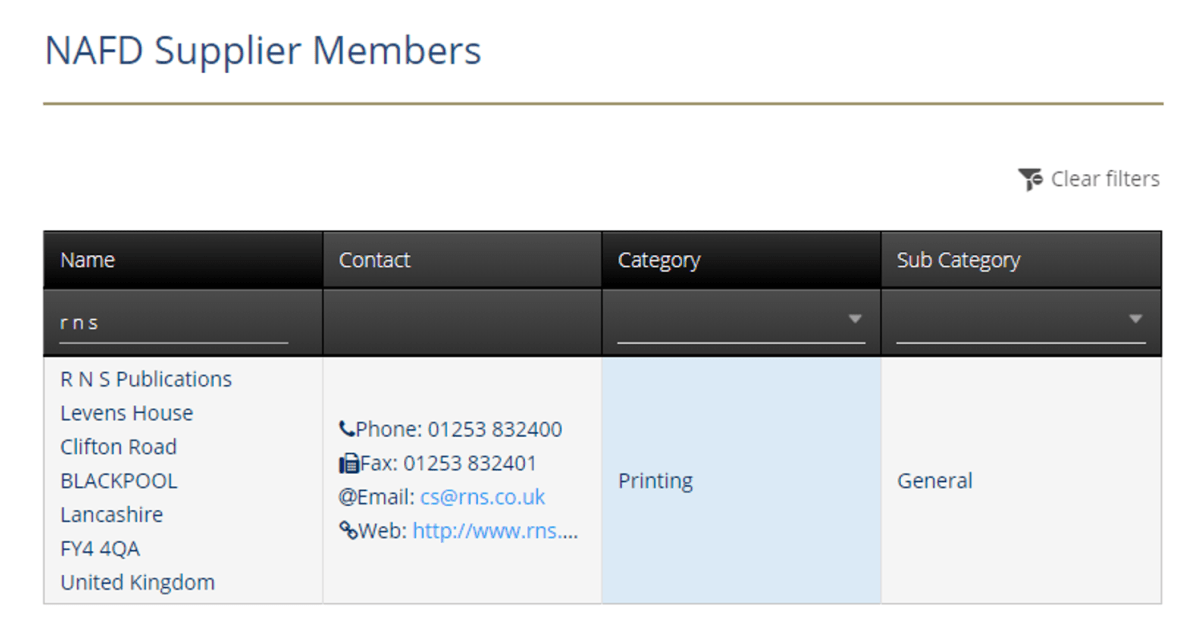 With regards to the incorrect elements:
With regards to the incorrect elements:
We don’t “only include the details of those funeral homes that have paid to be listed” on our website. We also include the prices of 800+ Dignity PLC branches on Beyond. Dignity do not pay us anything whatsoever: we have listed their prices simply to provide transparency for consumers, so that the families who use our site can see what they charge. Secondly, funeral homes do not pay to be listed on our website – they pay a commission on successful funeral arrangements passed through to them.
We should also note for clarity that we are not a preferred supplier for any hospitals. We have been approaching hospital bereavement offices over the past year and speaking to numerous people within the trust (e.g. Bereavement Officers, Chaplains, Heads of Nursing etc) about who Beyond are and what we do.
We will, if the hospital staff deem it useful, provide materials for the hospital free of charge. These materials include a 20 page “Insider’s Guide to Arranging a Funeral” and a double-paged contact flyer.
The staff at the hospital, if they think the materials are useful, decide to display them. There are now nearly 200 large general hospitals across the country who have decided to do so.
The key reasons that have driven this support amongst NHS staff are:
- Our service is free to use for customers
- Our service promotes price transparency and choice
- There is a wide range of funeral directors with accurate prices listed
We believe that our booklets provide a superior level of information, addressing practical issues to the benefit of the reader. It is for this reason that many hospitals have decided to support us.
The NAFD states they are exploring: “whether there are ways of improving the information presented to bereaved families to ensure they have a comprehensive choice that is not influenced by commercial considerations”.
It is amazing to us that they think that being a trade association excludes them from having commercial considerations.
The NAFD’s response displays either a deliberate protectionist attempt to distort facts or a worrying lack of intellectual rigor, either of which undermines their ability to act as a capable or credible voice for the industry. Where is the dialogue with Beyond or other comparison sites? Or even non-NAFD members?
Page 18 – given the increasing prevalence of online comparison sites, many of which are not offering a proper like-for-like comparison.
Providing a like-for-like comparison is a key benefit for consumers. At Beyond, we ensure this by requiring funeral directors to provide an itemised price breakdown for over 30 service items. This creates a pricing structure where a customer can swap and change various elements while knowing they are looking at a like-for-like price.
Page 20 – Funeral firms are paying a variety of fees for participation, seeking a competitive edge over their competitors by paying to achieve a better position on the website.
Beyond would like to categorically state that no funeral director pays to achieve a better position on our site. On the comparison results screen for traditional funerals, funeral businesses are listed by geographic proximity to the customer as standard. A customer can then further sort by price or reviews if they wish.
Page 20 – There is no quality control of those firms who are listed on such sites as membership of a trade association which undertakes inspections is not a requirement for sign up. This also means that client redress is not available either.
None of this is true.
We assess the quality of a business by:
- Speaking to every business both ahead of “going live” and on a regular basis thereafter through normal site operation
- Desk based compliance work, particularly concerning business compliance with FCA regulations
- Monitoring customer reviews when live
In terms of redress, why does the NAFD assume they are the only ones who provide client redress? It is more in our interest, as a company with a brand to maintain, to provide client redress than the NAFD.
We would like it to be recognised that we have removed funeral directors who have not met the standards we would expect. For the very few disputes we have encountered, we have provided a resolution to the issues as needed. At its heart, our business is about connecting and helping people to find good funeral directors and have good funerals. Resolving disputes is part of what we do.
We would also like to add that we do look at whether a firm is a member of a trade body, such as the NAFD, SAIF or BIFD. We do however, take NAFD’s assertion of implicit quality with a pinch of salt. Some of the largest scandals in the funeral world were not prevented despite the business being a member of the NAFD:
http://www.dailymail.co.uk/news/article-5119603/Co-op-funeral-home-let-bodies-rot-heat.html
Page 20 – There is also a question about how truthful such sites are being, as we are aware of numerous instances of firms finding themselves listed on the service without having given permission. Dignity plc is one such firm, having discovered their branch details and prices listed on beyond.life without their permission or any request for fact checking.
We have covered this comprehensively on our blog at https://beyond.life/blog/giving-dignity-a-helping-hand/
Since publishing that piece, we have met with Dignity representatives regarding their pricing. We went through an exhaustive fact check on their pricing with them and it was found to be accurate bar the cost of one type of coffin, which we have since updated on the site.
Page 20 – Regarding PCWs charging users, in this case funeral directors
The NAFD raise their view that PCWs – price comparison websites – charging funeral directors a fee is an issue. The implicit understanding is that their http://www.funeral-directory.co.uk/ service is free and will remain so.
This is supported on page 23: “provided free to NAFD funeral firms, as a benefit of membership, will be free of advertising and will be free to use for consumers”.
Is that true? We have a recording of a funeral-directory representative speaking at a London Association of Funeral Directors meeting on 11th April 2018. This is his response to a question regarding how the website will be funded:
“This is not going to be cheap to run, to set up, and with SEO and Pay Per Click so I did suggest to national that they could charge a levy which will be on the subscription, so you get your normal subscription based on how many funerals you do but there can also be a levy per member to help support the website [AUDIO UNCLEAR]. The idea is that it is going to be self-financing.”
At a minimum, we would hope the NAFD would be able to clarify this and, if there are any fees likely to occur, how this would be demonstrably different from our service.
Page 23 – realistic potential for competition rare, with very few exceptions
The data demonstrates that this is not true. There are 197 crematoria within 10 miles of each other. That is 69% of the total 287 crematoria. Of course, this does not mean that 69% of customers have two crematoria within 10 miles but it is indicative that there should at least be the potential for decent competition between crematoria.
We believe the attitude that “crematoria can’t compete because of x and y” demonstrates a significant lack of ambition on the NAFD’s part, perhaps incentivised by the fact that its second largest member, Dignity PLC, owns the UK’s largest portfolio of crematoria (45 sites).
Page 25/26 – NAFD’s response on cremation costs
The NAFD has focussed its response on one aspect of costs: namely, increases. However, this does not show a full picture of cremation costs in the UK. The crucial part that is missing is the large impact that the NAFD’s own member firms have on cremation costs and poverty.
The average cremation fee at a non-NAFD crematorium is £755. At an NAFD member crematorium it is £912 – that is a premium of 21%.
The below chart shows how NAFD member firms dominate the most expensive categories.
 The below table shows the 30 most expensive crematoria in the UK. You will notice how many of these are NAFD members and, of course, how many are owned by Dignity PLC.
The below table shows the 30 most expensive crematoria in the UK. You will notice how many of these are NAFD members and, of course, how many are owned by Dignity PLC.
Dignity PLC is clearly a large contributor to cremation pricing at the top end of the market. By analysing its publicly reported figures, we can also gain an insight into how Dignity has increased its average revenue per cremation over the past decade.
The below table shows how the average revenue has risen from £570 to £1,167 between 2005 and 2017. Dignity states that this revenue covers “cremation services and the sales of memorials and burial plots at Dignity operated crematoria and cemeteries”.
Although it is impossible to split out the exact contribution from cremations alone, we believe these numbers are broadly representative of the increasing cost of a cremation with Dignity. A sustained CAGR of 6% plus is well above what local authorities have done over the same period.
Other observations
NAFD Pg 2 – “This makes the purchase of funeral services a more difficult, sensitive and challenging one – and discussions about cost far more loaded with emotion. When is the right time to discuss money with someone that is grieving the recent loss of someone they love?”
This is a reductive argument that does not lead anywhere useful. Cost is a fundamental part of any purchase and the industry (and indeed, society) needs to find a way to deal with this better. The alternative is customers paying more than they need to, and the practices that are prevalent today that encourage this.
This is also directly countered a few paragraphs later: “There is a growing (and worrying) tendency for an assumption to be made that because bereaved people are vulnerable they will automatically be taken advantage of…it also denies the truth that being vulnerable does not necessarily mean one lacks capacity to make choices.”
Fundamentally, the NAFD is trying to represent a broad range of businesses. Some of these benefit from price transparency and purchasing efficiency (we would say these are the portion of their members who use our website) and some of them will not benefit (the old guard, large chains).
That divide is what leads to the conflicting statements above.
NAFD Pg 4 – “This, coupled with the fact that our two largest members, Co-operative Funeralcare and Dignity, have reduced their prices in the last three years, indicates that our members are playing their part in making sure the price of funerals remains affordable.”
This is very hard to prove conclusively (whether there be an increase or decrease) without internal documents from each of the companies. To the best of our knowledge, Co-op and Dignity have reduced their prices for certain elements of a funeral, or for heavily restricted funerals, only.
The best proxy for whether a business has actually reduced the prices it charges is to look at average revenue generated per funeral. It is all very well to drop a single headline price but if this is not the service that people choose, or that they are offered, then it does not have any impact.
To calculate average revenue per funeral, simply take the total funeral revenue for the each business and then divide by the funerals performed.
Dignity PLC average revenue per funeral performed
 Dignity has clearly enjoyed many years of average revenue growth. Customers are paying more.
Dignity has clearly enjoyed many years of average revenue growth. Customers are paying more.
The same analysis is only possible for Co-op over a short period since it has changed its accounting practices multiple times. This means that a comparable analysis for prior or following years is not possible.
Co-op average revenue per funeral performed
The point we would like to make is that it is very easy for firms to publicise a drop in costs by picking out specific elements that they have reduced – however, the idea that this actually filters through to the total price customers pay is open to debate.
NAFD Page 5 – The price of higher-end funerals has consequently risen at a faster rate than funerals at the less-expensive end of the spectrum.
Supposition. We think this an attempt to try and link a higher priced funeral to a higher-end funeral. In our experience, price does not have a great influence on the quality or substance of the service provided.
NAFD Page 6 – Legacy of funeral plan sales
An important element of the debate is missing here. Principally, what typically causes a shortfall in fees.
There are two things that can cause systemic shortfalls in fees paid to funeral directors:
- Costs rising faster than fund growth
- Large gap between plan sale value and amount invested in the fund
With regards to 1: if the proceeds from funeral plan sales are managed prudently, then it should be possible to match general increases in cost inflation. For a large fund, anything between 2-4% should be feasible over a period. However, if a fund owner is able to extract fees and dividends, then it becomes less likely that growth will cover costs.
With regards to 2: even the best fund management will not ensure adequate funds if the amount paid into the “pot” to start with is lacking. There are well documented cases of high commission fees, “marketing” costs etc. eating into this amount (see Fairer Finance in particular).
We feel it is important to include both of these points, which we consider to be the ones that have the largest impact, in any discussion.
NAFD Page 9 – The existence of price variation between funeral directors provides evidence of a healthy local market as it indicates that there is competition between funeral directors
The NAFD’s opening line, which sets the tone for their response to this question, is directly refuted by their own data earlier in the report.
On page two they reference YouGov’s finding that 84% of people didn’t compare prices and that 66% say this is because they know who they will use.
To us, these figures do not evidence “healthy competition”.
NAFD Page 9 – some funeral directors position themselves as offering premium services and products, while others will target themselves towards the more budget conscious families. The costs of delivering that service will vary as a consequence.
The NAFD is trying to insinuate that “high price equals high quality”. We do not believe this is the case in the funeral industry at present.
Given there is no adequate price pressure exerted by consumers, it is far too easy for poor quality businesses to increase prices. Until there is price and service pressure from consumers, there will always be room for poor businesses to thrive.
The hotel and travel market is a great example of what the funeral industry is not. It is incredibly easy nowadays to use the internet to gain an accurate picture of the service being offered at any given hotel and assess it rationally compared to its peers. This, of course, has largely been driven by price comparison websites and sites like as Airbnb, which have driven a democratisation of information and allowed customers to exert normal market pressure.
NAFD 15 – How NAFD members make price lists available
The NAFD is trying to imply that because it is the largest organisation of funeral directors, only a comparison site created by itself will be in the best interest of its members. It is also trying to spin the line that any site it creates will be “non-commercial” as opposed to a “commercial” site (their definitions, not ours).
These are both patently false. The NAFD represents commercial organisations and generates membership fees from these members. All of its activities are commercial.
Fundamentally, the NAFD, with its own website, is going to have to try to cater to the interests of its diverse membership base. This includes those funeral directors who are happy to be transparent about prices – and those who are not. This is what leads them to say: “Members will also be strongly encouraged to add pricing information to the site in the second phase”.
This is clearly not in the interests of many of its members, particularly those who are happy to be transparent about prices. Our website happily caters to the hundreds of NAFD members who are prepared to be transparent about pricing and we are proud to have their support.
NAFD 16 – Only 1% of people check a price comparison website
It is very interesting to see that only 1% of people check a price comparison website. From our perspective, this highlights the necessity to raise the awareness of PCWs plus empower people to use them.
Page 17/18 – The NAFD using a simple funeral structure for its new comparison site
It appears odd to us how the NAFD, within the space of a page, explains why it scrapped the need for funeral directors to provide a “Simple” funeral price, saying that it caused numerous issues, before declaring that: “funeral-directory.co.uk intends to create a ‘simple funeral’-style set of parameters”.
Fundamentally, a “Simple” funeral style system is critically flawed because it allows a business to game the system. Most businesses will know that once someone is in their branch and assessing the options, the simple will no longer be appropriate.
This incentivises businesses to post a low “Simple” price online to encourage people to get in touch. These people can then – maliciously or not – be upsold a higher price funeral.
The only way to restrict this behaviour is to post prices and comparisons across a range of services that match what the customer wants, BEFORE they go into the funeral director’s premises (as we do).
Simple style parameters are simply a bad option.
The NAFDs Comparison Website
We have discussed this in detail here – https://beyond.life/blog/prejudice-always-obscures-the-truth/
Dignity PLC response
Factual clarifications
A recent analysis by research agency Matter Communications for Dignity has concluded that there are currently approximately 7,000 Funeral Directors across the UK.
We strongly dispute that there are anywhere near 7,000 funeral directors in the UK. We think this is an attempt by Dignity to insinuate that there has been an explosion of businesses in recent years – with the implicit view that new businesses will be “fly by night, low cost operations operating at the edge of respectability”.
We think it is an attempt to push the idea that registration or regulation of funeral directors should be mandatory.
Our own data indicates that there are roughly 5,900 funeral director locations (with the number of businesses being far lower given that individual businesses often own more than one location).
This is the split: c.3,800 independent locations (including regional co-ops), 1,100 Co-op locations, 830 Dignity locations, 150 Funeral Partner locations.
Our data is based upon our constant outbound efforts to approach funeral directors. This involves actively contacting all funeral directors. We discover new ones and remove closed ones constantly. In this manner, we maintain an accurate database of active funeral businesses – we suspect it is the most accurate database available.
a) Why have funeral prices generally increased?
We notice that in its response to part a) Dignity has failed to talk about the impact its own price rises have had on the industry.
As we mentioned above, while price alterations are hard to prove conclusively without internal documents from each of the companies, to the best of our knowledge, Co-op and Dignity have reduced their prices for certain elements of a funeral, or for heavily restricted funerals, only.
To reiterate our earlier point, the best proxy for whether a business has reduced the prices it charges is to look at average revenue generated per funeral. It is all very well to drop a single headline price but if this is not the service that people choose, or that they are offered, then it does not have any impact.
To calculate average revenue per funeral, simply take the total funeral revenue for each business and then divide by the funerals performed.
Dignity PLC average revenue per funeral performed

Dignity has clearly enjoyed many years of average revenue growth. Customers are paying more.
g) What are the benefits or limitations of intermediaries, such as comparison websites, in helping people choose a funeral director?
It is difficult to know where to start with Dignity’s response regarding price comparison websites. They start with some general platitudes about supporting PCWs in principle and then go straight into listing multiple facile assertions with no evidence or detail supporting them.
We will list them all below and respond as appropriate.
- PCWs mislead customers – please provide details with evidence
- PCWs do not work effectively – please provide details with evidence
- PCWs have significant limitations in helping people choose a customer – please provide details with evidence
- PCWs restrict funeral director’s ability to promote effective competition – please provide details with evidence
- PCWs have the potential to cause consumer detriment – please provide details with evidence
- PCWs do not always provide accurate pricing information – please provide details with evidence
- PCWs ignore quality – please provide details with evidence
- PCWs are biased – please provide details with evidence
- PCWs do not display information about all funeral directors – correct, we show information from businesses who have voluntarily signed up to us plus one business which has not voluntarily signed up to us (Dignity PLC)
- PCWs allow funeral directors with commercial arrangements to develop their own content describing their business and services – correct, all businesses who have voluntarily signed up to us can edit their own profiles. The one business which has not voluntarily signed up to us (Dignity PLC) cannot edit their profile. However, no funeral director can edit their own reviews.
This whole section is clearly aimed at trying to discredit PCWs and ourselves.
It is not hard to see why, since we have taken the issue of price transparency out of Dignity’s hands and decided to list the pricing for all their branches online. We did this without their permission as detailed here: https://beyond.life/blog/giving-dignity-a-helping-hand/
We believe that Dignity is referring to itself when it says: “The description of other providers can be perceived as being negative in contrast.”
We have used the following template text for all of Dignity’s profiles
“Unsworths Funeral Directors, located in Cooper Street, is a branch of the large corporation, Dignity PLC.
Although Dignity branches use local family names such as Unsworths Funeral Directors, this is usually just for marketing effect. Behind the facade, it’s a corporate national chain.
Dignity are generally significantly more expensive than the average funeral director. They do not publish their prices transparently online, so we gathered their paper pricing sheets and uploaded them into our website format for easy comparison.
The pricing is accurate, to our knowledge, as of 01 November 2017 and we will update it as soon as we receive notice of any price changes.”
To be honest, we think that fairly describes the situation at a Dignity branch.
Dignity also talks on numerous occasions of a willingness to work with price comparison websites.
We would note that over nearly four years of existence Dignity has shown no willingness to engage with us on either our business, price transparency or PCWs in general. Obviously, we are not the right type of price comparison website for them!
It is unclear who owns some Price Comparison Websites in the funeral sector, so there may be conflicts of interest if Funeral Directors, or their backers, own these websites.
Our ownership is publicly available on Companies House, as is the same for all companies. We are owned by a mixture of employees, angel investors and venture capital firms. None of the investors are funeral directors or have specific interests in the funeral sector other than us.
It is joyfully ironic for Dignity to raise this as an issue, however, given that they invested c.£1m in FuneralZone in 2017. Dignity are now their largest shareholder outside of the two founders.
Other observations
b) What explains certain large funeral price differences between funeral directors in the same local area?
We believe Dignity’s response is pure obfuscation.
Their theory is based upon the fact that people are willing to pay more for a higher quality service. This would imply two things:
- That customers are able to capably assess indicators of quality
- That customers are able to, and do, compare funeral directors on these indicators
In Dignity’s own recent survey, they find that only 21% of people considered more than one funeral director, which automatically disproves the second point above.
And, in the same survey they find:
However, despite being such a high priority, it is rarely a consideration when selecting a funeral director, or when the funeral is being arranged. This is the result of two factors:
- Consumers are reluctant to engage with or even think about some aspects of care of the deceased – for example, of washing and dressing of the deceased, of their loved ones being transported from place to place, or of embalming
- There is an assumption of consistent standards or regulation of these ‘behind the scenes’ facilities and services, meaning consumers perceive little difference between firms, making detailed consideration of this aspect unnecessary
Further within the response, Dignity also says: “Consumers do not currently have a clear understanding of the differences in quality and standards between Funeral Directors”.
Clearly, Dignity do not actually think people can assess quality.
Within Dignity’s response, there is also a constant tone that its service is of a superior standard to others and that the price is worth paying.
We think there is a simple metric that proves this is not the case. Dignity’s annual reports show that the number of funerals they perform per location has collapsed from 129 in 2005 to 83 in 2017.
Given that Dignity have already established that people to do not, on the whole, compare funeral directors, this can only mean that the collapse owes to previous customers deciding not to use them again. People simply do not value the experience they get from Dignity.
It is our belief that if customers were able to adequately compare funeral directors, this graph would look even worse for Dignity.
Dignity only manages to maintain overall customer levels through the purchase of currently successful businesses each year.
So, coming back to the question: what explains the large differences?
The answer is the simple and obvious one – too many customers do not adequately assess quality and price. Whenever this happens in a market, some providers will choose to raise prices as far as they can, and others will not.
Dignity’s prices are at the top end of the scale, which is why it uses a convoluted and contradictory argument that states that consumers value quality and will pay for it, yet also asserts that they don’t actually do this.
r) Why have cremation fees generally increased and why do they differ across the UK?
Somewhat predictably, Dignity has forgotten to provide any insight into how its own practices might have influenced cremation fees.
The below table shows the 30 most expensive crematoria in the UK. You will notice how many of these are owned by Dignity PLC.
As we noted above, Dignity PLC is clearly a heavy contributor to cremation pricing at the top end of the market. By analysing its publicly reported figures, we can also gain an insight into how Dignity has increased its average revenue per cremation over the past decade.
The below table shows how the average revenue has risen from £570 to £1,167 between 2005 and 2017. Dignity states that this revenue covers: “cremation services and the sales of memorials and burial plots at Dignity operated crematoria and cemeteries”.
Although it is impossible to split out the exact contribution from cremations alone, we believe these numbers are broadly representative of the increasing cost of a cremation with Dignity. A sustained CAGR of 6% plus is well over what local authorities have done over the same period.
SAIF response
Factual clarifications
g) “This [the PCW fee] only succeeds in adding costs to the FD, squeezing their margins, which conversely will therefore increase costs and provide less scope for a reduction in prices!
This is only partially true. A fee charged by a price comparison website is, and always will be, a marketing cost for a business and should be treated as such.
All marketing costs reduce a business’s margins, but the business chooses to bear them in order to generate customers. A business should rationally assess how the cost of using a PCW ranks in comparison to other marketing channels such as:
- Their own website and any associated online advertising
- Any print advertising
- Local radio or TV advertising
- Their own premises and desirability of location, which of course can drive custom
- Sponsorship of local events and charities
- Even word of mouth is a channel that requires investment
At Beyond, we operate what is in our opinion a supplier friendly model – we do not receive a fee for leads. Instead, our fee is only chargeable once a customer has definitely used the funeral director and this is only chargeable post-funeral.
There are no listing fees or other costs associated with being on Beyond.
Each funeral director who uses Beyond is making a rational assessment that they are happy to pay our fee when a guaranteed customer uses them. In return, they receive this guaranteed customer plus any other customer who uses our site as a research tool but then does not enquire through us.




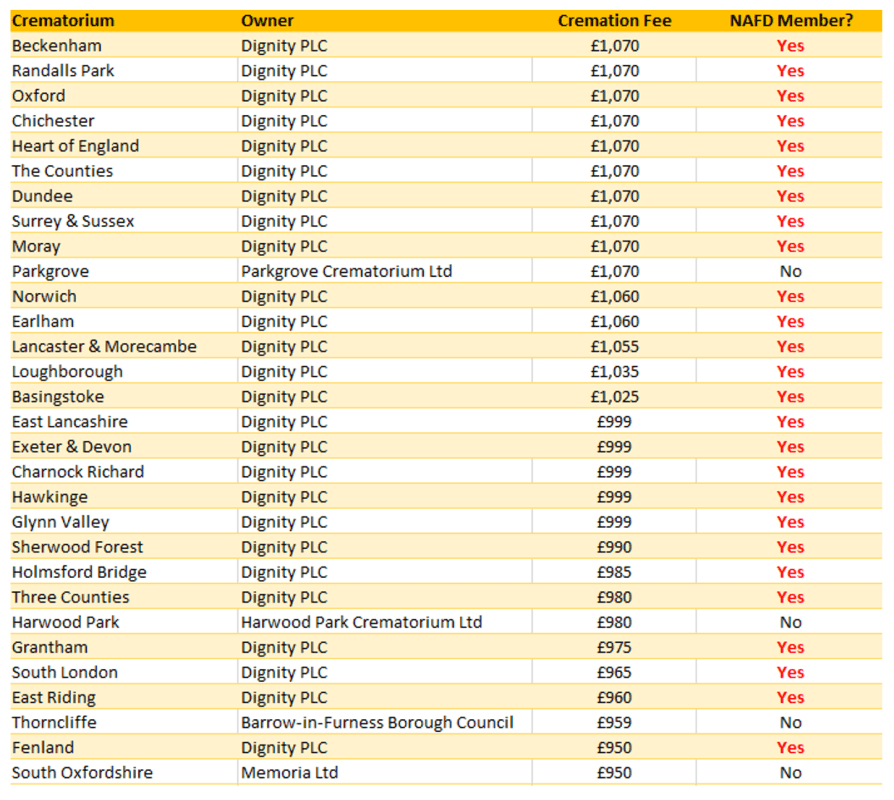
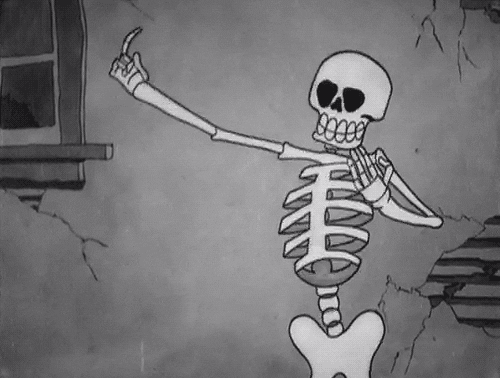



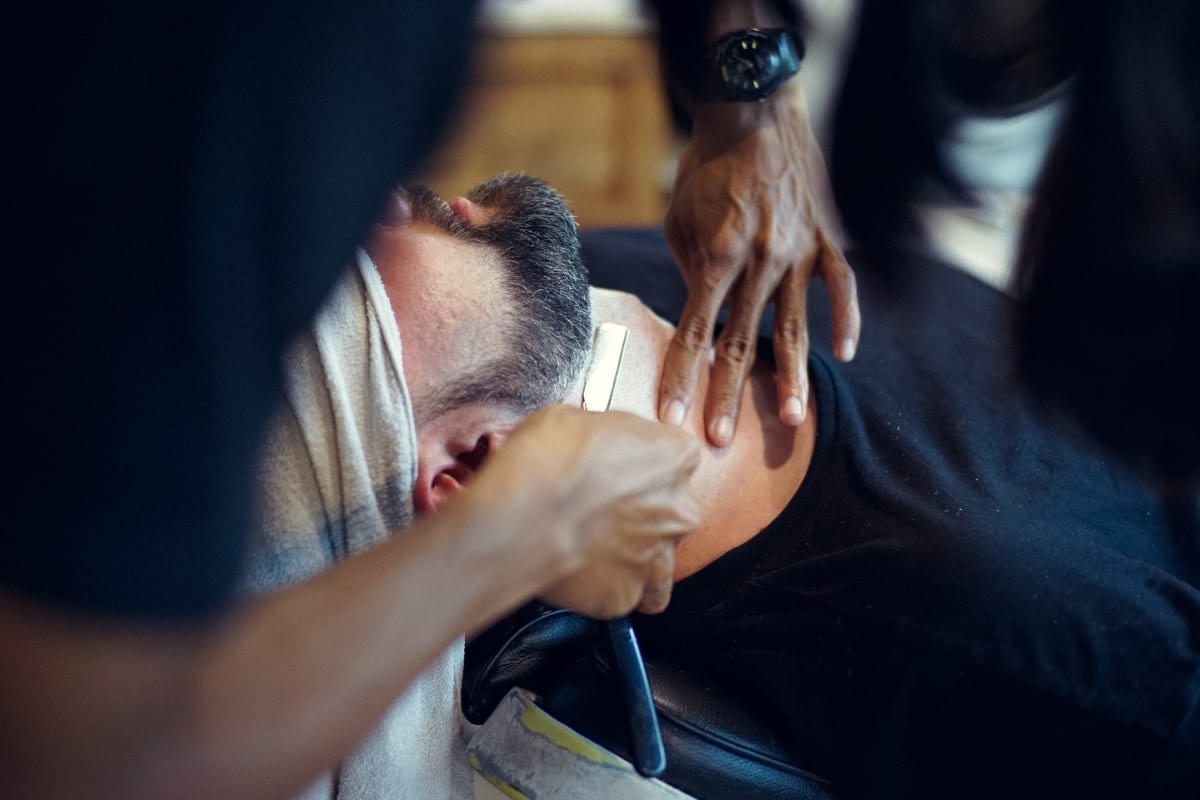
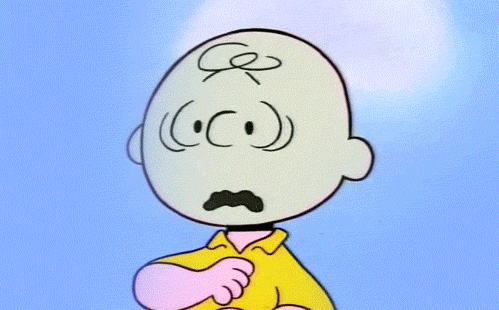


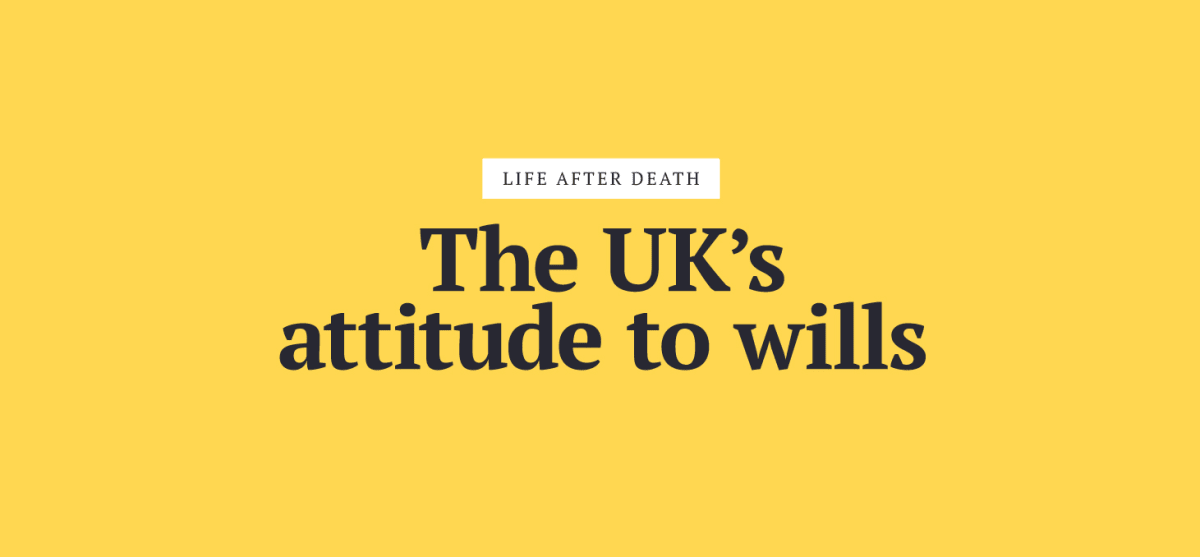

Thanks Beyond. I like the spirit and the clarity with which you operate. Having worked as an independent for a long time and briefly for Dignity I concur with all your findings. However “Caveat emptor” there are other players in the market now who heavily advertise a low price then upsell hard to the bereaved families.
Keep up the good work